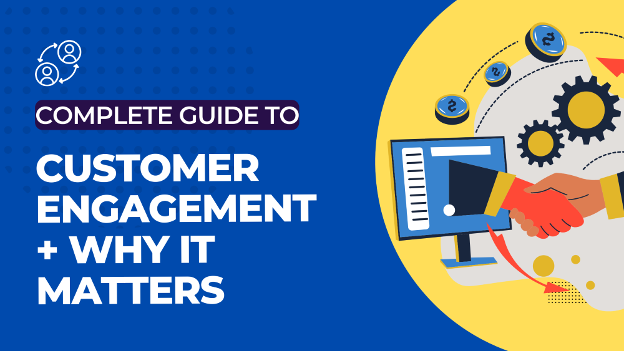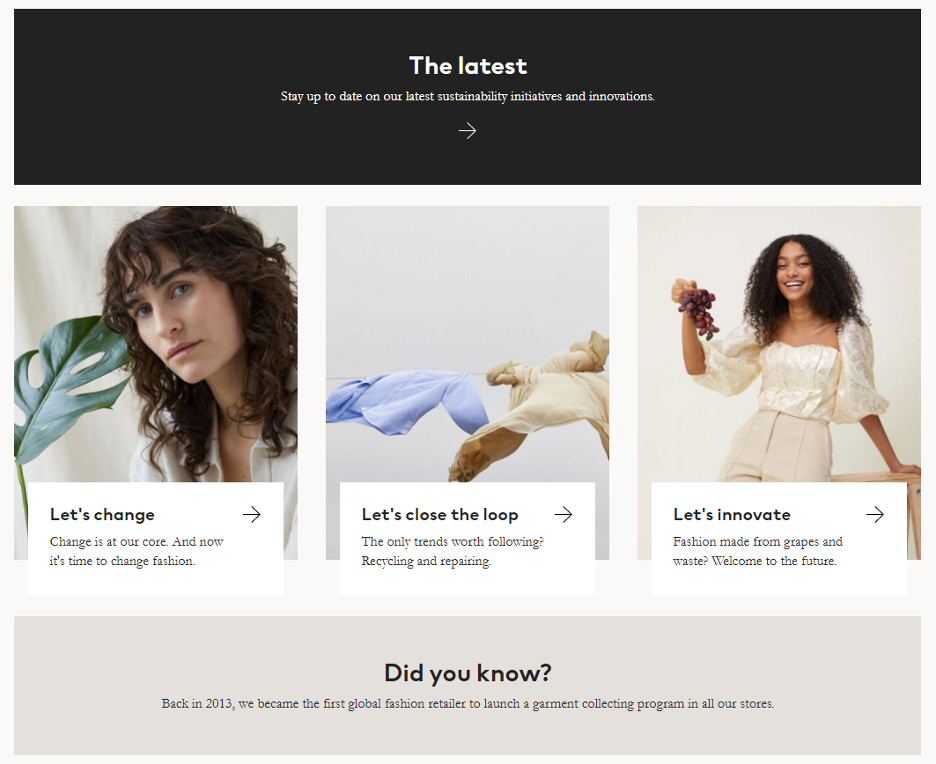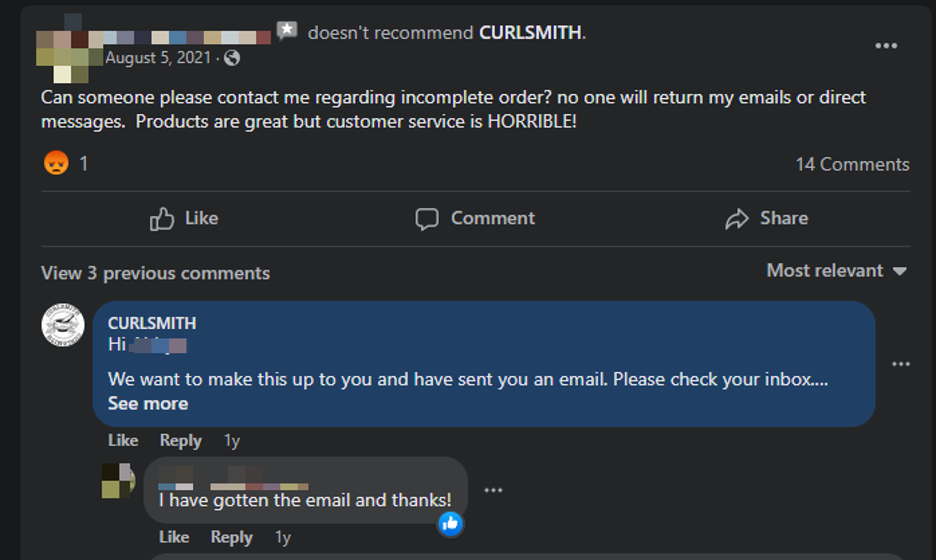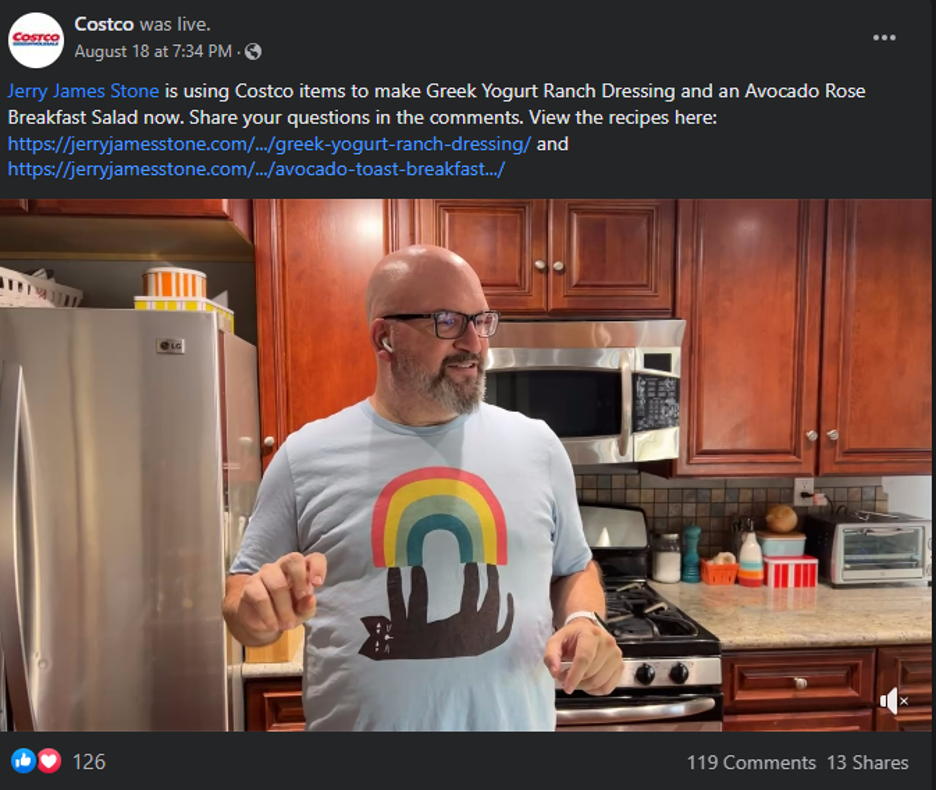
The Complete Guide to Customer Engagement & Why it Matters
Are your customers and prospects engaged with your brand? A sustainable customer engagement strategy is one of the most effective ways to stand out in increasingly competitive markets.
When you think of customer engagement, what comes to mind? Social media comments? Email shares?
In fact, customer engagement can occur both online and offline. This guide explores the different types of customer engagement, why creating a customer engagement strategy matters, and how to build an engagement strategy that drives long-term growth.
What is Customer Engagement?
Customer engagement refers to back-and-forth communication between a customer or prospect and a business. Customer engagement can occur through both online and offline channels, including social media, online chat, email marketing, direct mail, and phone-based customer support.
Common types of customer engagement include:
- Page views
- Time on page
- Bounce rate
- Social media comments or shares
- Click through rates
- Chatbot usage
- Shares
- Blog comments
- User-generated content
- Use of rewards or loyalty programs (online or in-store)
- App downloads or logins
- Calling to talk to a customer service rep
- Booking a demo by phone
Benefits of Customer Engagement
Customer engagement isn’t a vanity metric—it can result in more sales and drive long-term business growth. Using data-backed strategies to drive customer engagement has a variety of other benefits, including:
Increase Customer Satisfaction
Customers who engage with a brand are more likely to be happy with their purchases. Think about the last time you bought something you loved, read a book that spoke to you, or found a useful tool. There’s a good chance you mentioned your purchase on social media or told a friend about your find. You might even have emailed the company.
Engaged customers are also more likely to be forgiving when brands make a mistake. For example, if a company sends the wrong item but quickly sends a replacement and a discount for your next purchase, you’re far more likely to forgive and forget. Engaged customers are happy customers, and happy customers spend more money.
Uncover Upselling or Cross-Selling Opportunities
Engaged customers interact with your brand regularly, providing more data about their likes and dislikes. With the help of a customer data platform, this information can highlight upselling or cross-selling opportunities. For example, if a customer tells you they have pets, a child, or interest in a specific hobby, you can use that data to promote relevant offers.
Reduce Customer Churn
High customer turnover isn’t just a logistical nightmare—it lowers profit margins and increases marketing costs. A successful customer engagement strategy helps your organization monitor customer satisfaction, which reduces churn rates. Lowering churn also increases the likelihood of brand advocates spreading the word about your company at no cost.
Shorten the Buying Cycle
Customers have more options than ever, which has increased the length of the buying cycle. Longer cycles mean organizations spend more money tracking and marketing to prospects. Customer engagement keeps your brand in front of customers and drives trust. When prospects have interacted with your brand on social media, read your articles or whitepapers, or shared your content, they don’t need to invest as much time in comparing options—they already trust your brand.
Improve Online Marketing Efficiency
The average company spends around 12 percent of its overall revenue on marketing. Focusing on engagement can help that money go further. Several of the benefits above — reducing churn and shorting the buying cycle, for example— can also reduce the cost of marketing efforts. That’s because it is cheaper for most companies to keep customers than acquire new ones.
How to Calculate Customer Engagement
Customer engagement is calculated by adding the number of preferred actions, weighted by importance. For example, let’s say you want to track these actions:
- Signed in at least once a week
- Read 3-4 support articles
- Followed your brand on social
- Signed up for your email list
- Visited specific pages on your website
To track overall engagement, you’d rate the importance of each action based on the impact on conversions or reduction in churn. If you know that users who sign into your software once a week are 70% less likely to churn, you’d want to weigh it heavily.
For the actions above, they might be weighted like this:
- Sign in once a week: 5 points
- Read support articles: 2 points
- Social follow: 1 point
- Sign up for email list: 3 points
- Page visits: 1 point per visit
A user taking all these actions would have an engagement score of 12.
Consider other dimensions as well, such as frequency or when the action occurs. For example, a customer who signs up for your email list after a purchase is likely more engaged than a customer who didn’t complete a purchase.
Calculating customer engagement can be challenging on your own due to the amount of data needed. Customer engagement tools will calculate this metric for you—just ensure the tool considers actions important for your business.
5 Customer Engagement Strategies
Once you calculate your customer engagement score, you might notice some customers fall on the low end. While there’s no way to keep every user 100% engaged, several strategies can increase customer engagement.
1. Share Your Company’s Mission
Your company’s mission tells customers what values are important to your organization and can increase engagement. For example, if eco-friendly packaging is important to your brand,
share that dedication in blog posts and on your about page. To drive offline engagement, consider posting in-store signs about eco-friendly efforts.
Sharing your mission helps you connect with users with similar values and build human connections with your customers. H&M uses this customer engagement strategy to highlight its dedication to sustainable fashion.
The brand has a blog dedicated to topics related to sustainability, repair, and new trends in a sustainable fashion.
2. Personalize Website Interactions
Website personalization helps users feel understood and increases customer engagement by showing users you know who they are. It can also increase conversions, with 91 percent of consumers saying they are more likely to shop with brands that remember past interactions and offer relevant offers.
Personalized interactions can include:
- Recommending products based on past interactions.
- Offering content relevant to a customer’s interests.
- Providing interactive shopping tools, like using AR to see how a piece of furniture will look in their home.
3. Offer Helpful Content
If your content marketing strategy focuses on conversions rather than being helpful, your customers are less likely to read it. Users don’t want to feel like they are constantly being sold to. Rather, they want a company that helps them solve a challenge.
Google’s recent Helpful Content update highlights the need for more useful content on brand websites. According to Google, that means ensuring:
- Your existing audience will find the content useful
- Your posts clearly demonstrate first-hand expertise
- Content has a clear and direct purpose
- The content helps users reach their goals
- The content adheres to core Google updates
Helpful content can come in any format, including blogs, videos, social media posts, and downloadable guidelines. The goal is to deliver what your customers actually want, not just what you think search engines are looking for.
4. Improve Your Customer Service
You might have the best quality clothing, offer the most useful software, or sell the most unique office supplies, but if your customer service is terrible, customers are unlikely to engage with your brand.
Improving customer service doesn’t just increase customer satisfaction; it also improves engagement. Users who see your brand respond to emails, social posts, or chatbot requests are likely to continue engaging with your brand.
Providing better customer service creates an opportunity for back-and-forth conversation and helps solve small challenges before they become churn-worthy. CurlSmith, a hair care company, uses social media to follow up with unhappy customers and solve their issues.
5. Use Social To Engage, Not Just Advertise
Social media users want to be distracted and entertained, not bombarded by ads. Instead of sharing primarily sales-related content, use social media to share interesting or entertaining content related to your niche.
For example, a hotel might share travel tips and tricks in addition to the occasional sales-related content. Costco uses this strategy by sharing recipes:
This recipe post earned more than 200 interactions on Facebook, including 13 shares.
How to Develop An Effective Customer Engagement Marketing Strategy
Every business and every audience is different. Therefore, there is no single method for developing an effective customer engagement strategy. Instead, take the time to understand your strengths and weaknesses and build a scalable strategy.
Not sure where to start? Here’s how to develop a custom engagement strategy based on your customer’s needs:
See Where You Stand Now
Before improving customer engagement, find out where your brand currently stands. Do customers often engage with you? Are there challenges, such as lack of responsiveness, that are an easy fix?
Before developing your strategy, start by:
- Reading reviews and noting common complaints.
- Sending out a customer survey asking what type of content/platforms your users prefer.
- Asking your customer service team about common complaints.
- Researching your competitors—note if they have customer engagement strategies in place that work well
Make a list of common feedback and create an improvement plan. For example, if customers love walk-through tutorials, creating more of them will likely improve engagement. Or, if 25% of customers have the same pain point, then providing a solution will dramatically increase their engagement.
Define Core Customer Engagement Goals + Metrics
Why do you want to improve customer engagement? Obviously, more social media mentions and page views mean a wider reach, but what end metric are you looking to improve?
Long-term goals and metrics should guide implementation. You might use customer engagement strategies like adding a chatbot and more helpful content to increase site traffic. However, if your goal is to improve churn, better customer service will be more effective.
It’s important to define which metrics you will use to measure customer engagement. This can vary by business and where buyers are in the marketing funnel. An eCommerce store, for example, might find that users who look at 5 pages on their site are likely to convert, while a software company notices customers most likely to convert read 10 pages and sign up for email. Decide which metrics matter for your organization before launching an improvement plan.
Launch Engagement Marketing Initiatives
Once you understand what customers want, it’s time to launch your initiatives. In addition to the customer engagement strategies mentioned in the previous section, consider these strategies:
- Add social media handles to your email marketing.
- Encourage users to share your content online.
- Create interactive content, such as infographics, tools, or spreadsheets.
- Research hashtags to increase social reach and engagement.
Note: A customer data management tool provides deeper insight into how your audience interacts with campaigns. This data can be used to guide your customer engagement strategy.
Gather and Analyze Customer Feedback
After launching your campaign, track customer feedback and the performance metrics outlined in the previous step to see which strategies are most effective. For example, does a certain blog topic get more comments and shares? Do customers interact with Reels more than standard posts on Instagram? Are customers frustrated with your new chatbot? Respond to all feedback—both negative and positive—and use the information to adjust future customer engagement efforts
A Successful Customer Engagement Strategy Is the Key To Long-Term Success
Customer engagement isn’t just about social media shares or page views. Rather, it’s about leveraging past interactions to create a personalized, rewarding experience for your audience. The strategies in this guide serve as a starting point for increasing customer engagement, but true success comes from building a long-term strategy based on customer feedback.
Request a Demo Today


